How to Boil a Frog is a canadien film of genre Comedy directed by Jon Cooksey with Jon Cooksey
How to Boil a Frog (2010)
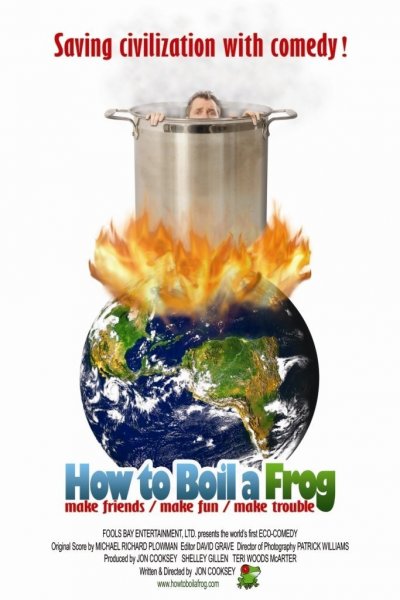
If you like this film, let us know!
How to Boil a Frog is an 2010 Canadian eco-comedy documentary film written and directed by Jon Cooksey to show the consequences of too many people using up Earth resources and suggesting five ways that people can save habitability on the Earth while improving their own lives at the same time.
Actors

Jon Cooksey
(conductor / narrator)

Michael David Edwards
(police officer)
Comments
Leave comment :
Suggestions of similar film to How to Boil a Frog
There are 1 films with the same actors, 0 films with the same director, 45715 with the same cinematographic genres (including 419 with exactly the same 2 genres than How to Boil a Frog), 663 films with the same themes (including 474 films with the same 2 themes than How to Boil a Frog), to have finally 70 suggestions of similar films.If you liked How to Boil a Frog, you will probably like those similar films :
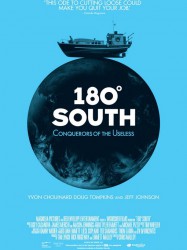
180° South (2010)
, 1h25Origin USA
Genres Drama, Comedy, Documentary
Themes Environmental films, Sports films, Documentary films about sports, Documentary films about environmental issues, Documentaire sur une personnalité
Actors Alicia Ika
Rating74%





The film emulates the 1968 trip made by Yvon Chouinard and Doug Tompkins to Patagonia, but rather than by land, Jeff Johnson travels by sea from Mexico and south along the west coast of Chile. The film opens with original home movie footage as taken by Chouinard and Tompkins, and then continues with Johnson's own footage, in which he includes surfing, sailing and climbing as the film follows Johnson signing on with a small boat heading for Chile, his being delayed for several weeks on Easter Island, his meeting travel partner Makohe, and in his reaching Patagonia, Johnson meeting with Chouinard and Tompkins. The film concludes with his attempt to climb Cerro Corcovado (the Corcovado volcano), an attempt that was halted 200 feet from the summit out of concerns for safety.
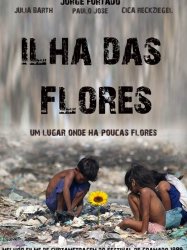
Isle of Flowers (1989)
, 12minutesOrigin Bresil
Genres Drama, Comedy, Documentary
Themes Environmental films, La mondialisation, Documentaire sur l'altermondialisme, Documentary films about environmental issues, Mise en scène d'une plante
Actors Paulo José
Rating84%





A constant and verbose off-narrator guides the viewer through the life of a tomato. Beginning at Mr Suzuki's tomato field, the tomato is then sold to a supermarket, where it is acquired by Mrs Anete, a perfume saleswoman, together with some pork. Each exchange requires the presence of money, which is, together with the tomato, the constant element in the story.

Cane Toads: The Conquest (2010)
Genres Comedy, Documentary
Themes Environmental films, Documentary films about environmental issues, Documentary films about nature
Rating69%





The film combines old newsreels, nature footage featuring cane toads in action, re-enactments of toad-related events, and the first-hand accounts of people's interactions with the toads. The story begins with the toads in full form 15 million years ago, and fast-forwards to the 1935 introduction of 102 cane toads to Australia in an ill-conceived attempt to take on the cane beetle devastating sugarcane crops. The toads' proliferation got out of hand, and they became a seriously invasive species, marching across Australia, capturing huge swathes of territory over the decades. Various characters, including scientists, farmers, and everyday people, provide testimony about the creatures.
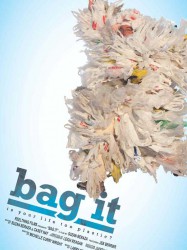
Bag It (2011)
, 1h14Origin USA
Genres Comedy, Documentary
Themes Environmental films, Documentary films about environmental issues
Actors Peter Coyote
Rating73%





Jeb Berrier is exploring the effects of plastic bags, opting to stop using them as his wife enters pregnancy. After conducting research with the help of an environmental scientist, Berrier analyzes environmental problems such as the [Great Pacific Garbage Patch]. Plastic fragments are found to outnumber plankton 60-to-1, and contributes to around 100,000 marine animal deaths, including birds, every year. Calls to the American Chemical Society prove to be fruitless. He later discovers that plastics contain chemicals such as [phthalate]s that can carry adverse effects to newborn babies, including decreased anogenital distance. Berrier reflects on the rising rates of male infertility and other such as diabetes, obesity and attention deficit disorder, linking it to the ever-present problem of plastics. The average consumer household products such as baby shampoos are also found to contain unsafe levels of phthalates. When Jeb's partner, Anne, gives birth, the film gets personal and looks at recently controversial chemicals such as Bisphenol A found in plastics. The film concludes with a review of recycling labels and shows ways that average citizens and consumers can minimize the harmful impact of plastic by reducing its use.
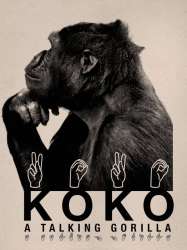
Koko: A Talking Gorilla (1978)
, 1h25Directed by Barbet Schroeder
Origin France
Genres Documentary
Themes Films about animals, Environmental films, Medical-themed films, Documentaire animalier, Documentary films about environmental issues, Films about apes, Films about disabilities, Documentary films about nature, Mise en scène d'un mammifère, Sign-language films, American Sign Language films, Films about language and translation
Rating72%





The film introduces us to Koko soon after she was brought from the San Francisco Zoo to Stanford University by Dr. Penny Patterson for a controversial experiment—she would be taught the basics of human communication through American Sign Language.
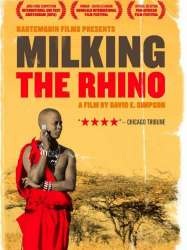
Milking the Rhino (2009)
, 1h23Origin USA
Genres Documentary
Themes Environmental films, Documentary films about environmental issues
Rating76%





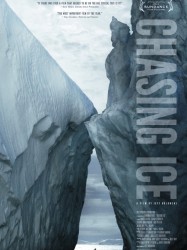
Chasing Ice (2012)
, 1h20Directed by Jeff Orlowski
Origin USA
Genres Documentary
Themes Environmental films, Documentary films about environmental issues, Disaster films
Rating76%





Acclaimed environmental photographer James Balog heads to Greenland, Iceland and Alaska in order to capture images that will help to convey the effects of global warming. Balog was initially skeptical about climate change when the issue entered scientific discussion, but after his first trip north, he becomes convinced of the impact that humans have on the planet and becomes committed to bringing the story to the public.

No More Hiroshima (1984)
Genres Documentary
Themes Environmental films, Seafaring films, Transport films, Aviation films, Documentary films about environmental issues, Documentary films about war, Documentary films about historical events, Documentary films about nuclear technology, Documentary films about technology, Political films, Documentary films about World War II

Paludiers de la Baie (2013)
, 52minutesOrigin France
Genres Documentary
Themes Environmental films, Documentary films about environmental issues, Documentary films about nature
Il y a une dizaine d’années, quelques passionnés ont fait revivre la saliculture en baie de Bourgneuf, jadis célèbre à travers l’Europe pour son “or blanc”. Ces nouveaux paludiers ont défriché et curé les marais à l’abandon pour recommencer à produire le sel de la Baie. Au fil des saisons, nous découvrons Bernard, Daniel et Mano, trois personnalités très différentes qui se retrouvent néanmoins dans l’amour du métier et le respect de la nature.

Power Trip (2003)
, 1h26Origin USA
Genres Documentary
Themes Environmental films, Documentary films about environmental issues, Documentary films about technology
Rating72%





 Connection
Connection